Menu
We've got all four seasons here in the Metro Atlanta area, but the seasons like to blur their lines. One minute it’s spring; the next it’s 90 degrees with a chance of afternoon thunderstorms. While we typically associate falling leaves with crisp autumn mornings, you may notice something odd: leaves starting to fall in the middle of summer.
.jpg)
No, your trees aren’t just confused (well, maybe a little). Premature leaf drop happens - and it can be a sign that your trees need some attention. Whether your yard looks more like October than May, or you’re just planning ahead for peak leaf season, now is the perfect time to get ahead of the cleanup curve.
In this brief article brought to you by the tree service professionals at Driscoll Tree Service, we explore why leaves might fall early, how to manage them throughout the summer and fall, and why partnering with a trusted expert from Driscoll can save you time and energy.
.jpg)
It’s not just your imagination. Some trees can begin shedding leaves early due to:
While a little early leaf drop isn’t always a red flag, excessive shedding or accompanying symptoms - like browning leaves, brittle branches, or visible fungi - may signal a more serious issue. You'll have to evaluate your trees’ health and identify stressors to prevent decline.
Whether it’s a few stray leaves or the full autumn avalanche, staying on top of leaf cleanup keeps your yard healthy and safe. Here’s how to manage it wisely.
Leaves fallen in the summer are nothing to brush off. Leaves left to build up on your lawn can block sunlight from, trap moisture upon, and suffocate your grass - especially in humid Atlanta summers. A quick weekly rake or blower helps prevent mold, weeds, and bare patches. Plus, it’s a lot easier to manage smaller weekly piles than one huge mess later.
If your mower has a mulching feature, then put it to good use. Chopped-up leaves return nutrients to the soil, improve moisture retention, and save you from tedious bagging. Just make sure the layer isn’t too thick... smothering your grass defeats the purpose.
Leaf piles can be a goldmine for your garden. Add them to your compost bin, or layer them around shrubs and flower beds for natural insulation. Just be sure the leaves are dry and disease-free. Wet and moldy leaves can invite pests and rot.
Don't let leaves clog gutters, drains, or downspouts. During summer storms, blocked water flow can cause roof leaks, foundation problems, and slippery walkways. Clearing those now can save you a headache when fall storms (and leaves) arrive in full force.
Want fewer leaves to manage later in the fall? Now’s the time to trim back overgrowth, remove dead branches, and shape trees for better airflow and growth. Professional service will not only reduce future leaf drop but also improve your trees’ structure, safety, and long-term health.
If your trees are dropping leaves in large swathes, showing signs of distress, or dangling heavy limbs over your property or power lines, then act now. A reputable tree company like Driscoll Tree Service has you covered with a wide range of tree services, including but not limited to:
The uniformed professionals at Driscoll Tree Service are ready to take your call or message today. We're happy to address any questions or concerns you may have.
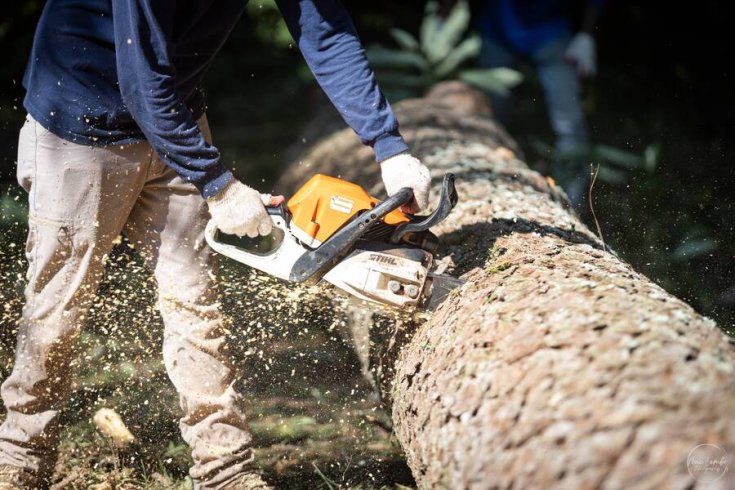
Overgrown Trees? How Tree Services Can Prevent Property Damage We love trees as much as the next guy, but even we'll admit that trees are not always a symbol of peace and harmony. Overgrown trees with precarious branches or diseased…
Read More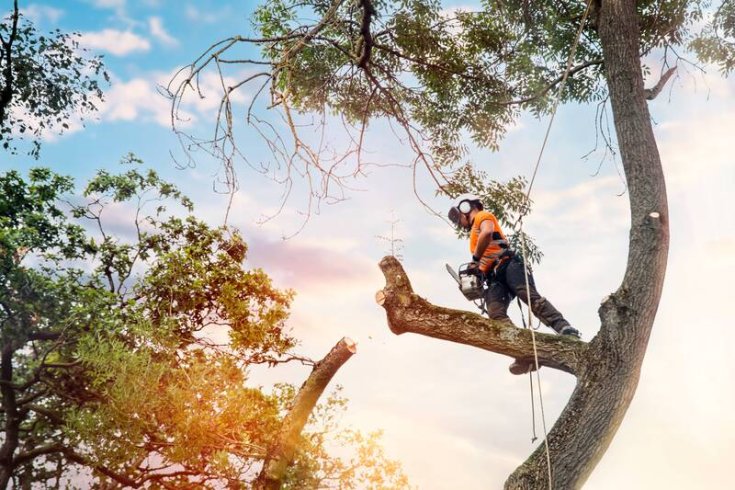
Tree Care Tips to Avoid Costly Damage Entropy is the natural direction of things. Left alone, everything tends to drift toward disorder – and your yard is no exception. Picture a forest untouched by human hands: vines tangled around tree…
Read More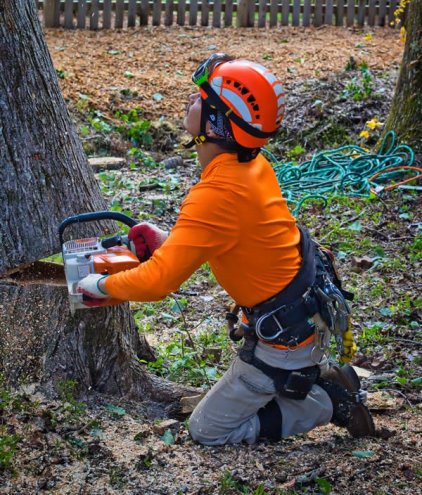
How to Become an Arborist An arborist or tree surgeon is a well-trained professional with extensive knowledge in applying various maintenance techniques to trees, vines, shrubs, and perennial plants. Suppose you are passionate about providing professional care to the trees…
Read More
The Best Way to Remove a Tree Stump When a tree is cut down for whatever reason, the stump left behind is not just an eyesore but also a safety hazard on your premises. Waiting for the stump to decompose…
Read More
Tree Trimming & Pruning Mistakes to Avoid Do you have trees on your property that seem in bad condition due to improper tree trimming techniques? This is a common problem that most people make, compromising the health and well-being of…
Read More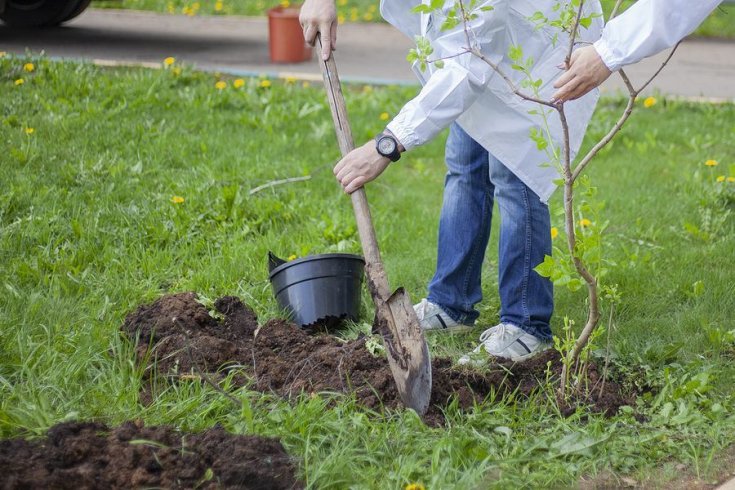
Best Trees to Plant for Shade A good shade tree is a must if you live in an area where the temperatures tend to rise in the spring and summer. Choosing the right trees can not only offer a cool…
Read More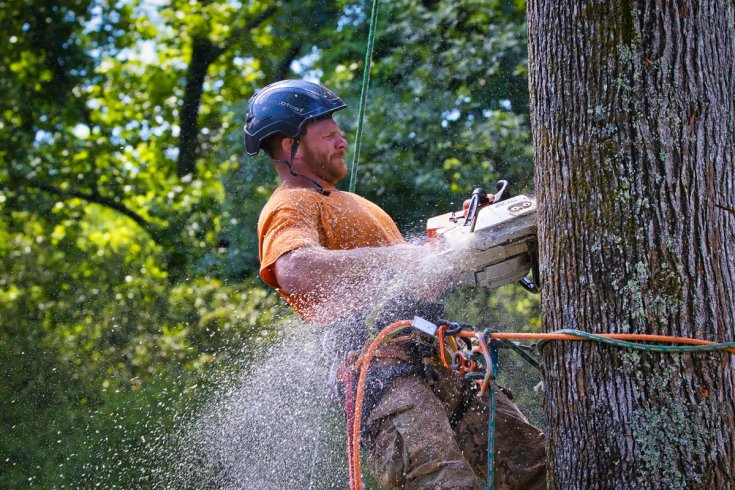
Why Dead Trees Should Be Removed Trees are a valuable addition to any landscape. However, dead trees pose safety hazards and should be removed before things get out of hand. Many property owners usually ignore telltale signs of deterioration until…
Read More
Pruning Mistakes That Invite Pests Into Your Home Proper pruning keeps trees healthy, encourages strong growth, and grabs the attention of prospective buyers and tenants. When pruning is done hastily or incorrectly, however, it can open the door to much…
Read More.jpg)
How to Manage Fallen Tree Leaves in Your Yard We've got all four seasons here in the Metro Atlanta area, but the seasons like to blur their lines. One minute it’s spring; the next it’s 90 degrees with a chance…
Read More
Signs a Tree Might Fall Many property owners appreciate and love their trees but must notice the potential danger some trees present. Research shows that many tree-related accidents could be avoided if people knew the signs and symptoms of a…
Read More